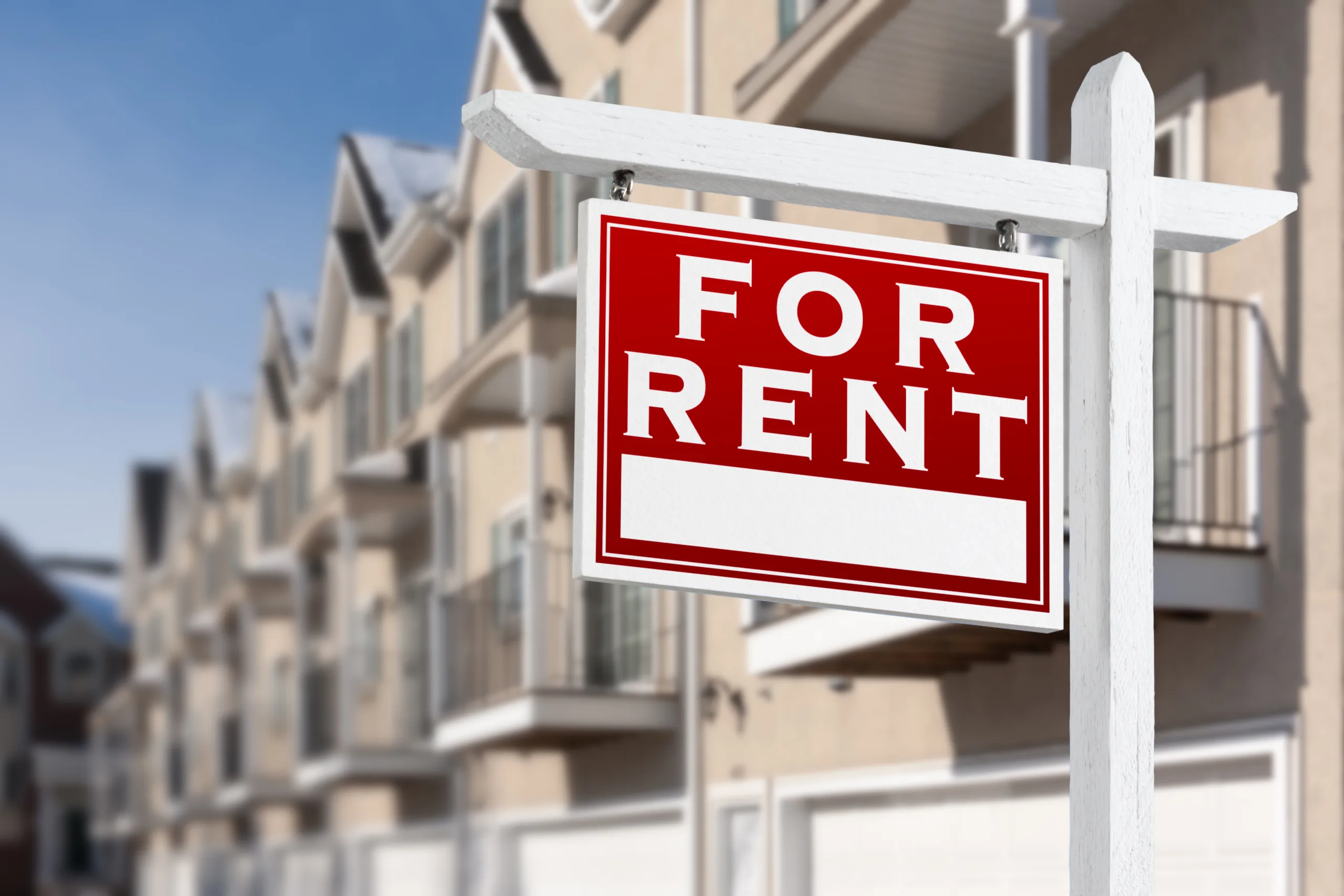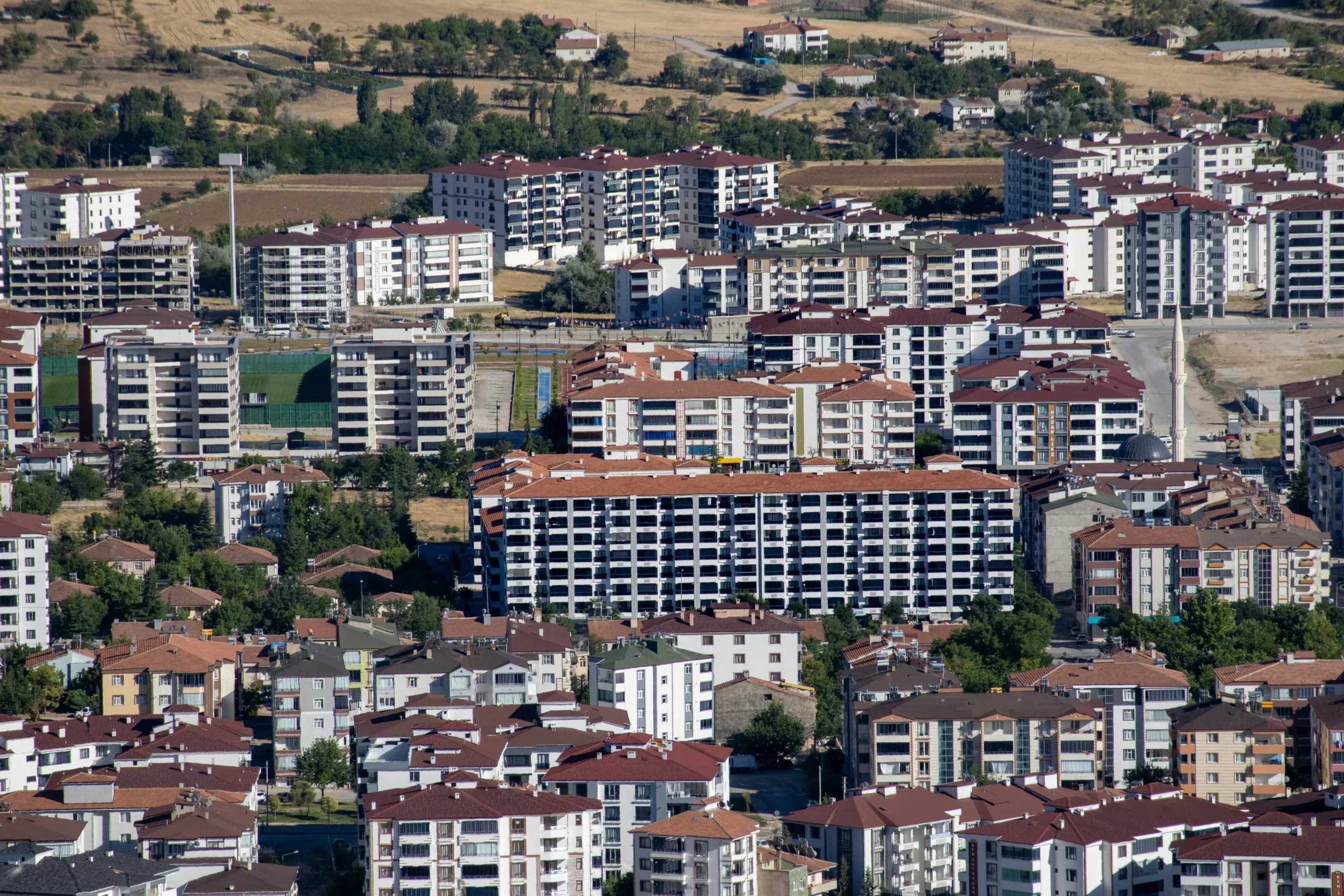- Office leasing demand could rise as companies recognize a shortfall in space to accommodate a larger in-person workforce.
- US office employment is near all-time highs, but occupied office space remains at decade-low levels.
- As smaller post-pandemic leases expire, firms may look to expand footprints, driving a rebound in leasing activity.
A Growing Gap Between People And Space
Cushman & Wakefield economist Kevin Thorpe says a key disconnect is emerging in the US office market, reports GlobeSt. Since the pandemic, companies have added around 2M office-based jobs, including roles like bankers, lawyers, and consultants. During the same period, many firms downsized their real estate footprints as they shifted to hybrid and remote work models.
Now, with more employees returning to the office at least part-time, firms are starting to feel the space crunch.
Get Smarter about what matters in CRE
Stay ahead of trends in commercial real estate with CRE Daily – the free newsletter delivering everything you need to start your day in just 5-minutes
Leases Expiring, Demand Emerging
Five years out from the pandemic’s start, smaller leases signed during the height of remote work are beginning to expire. Thorpe suggests that companies reassessing their space needs may find current setups no longer support their workforce size. This shortfall is creating what he calls “unrealized demand.”
This could lead to a rebound in office leasing, even in a soft hiring environment, as companies adjust to a hybrid future with more in-office collaboration than initially anticipated.
Looking Ahead
Thorpe believes the market is starting to reflect this shift. The mismatch between near-record office job numbers and historically low space usage could signal a turning point. While office employment growth may slow, the need to right-size footprints could fuel leasing momentum in the near term.

















